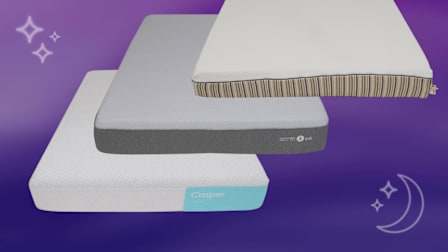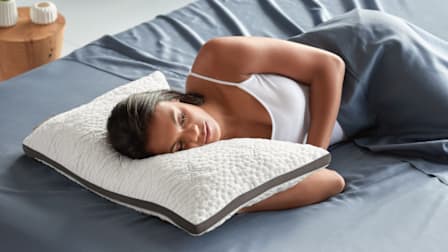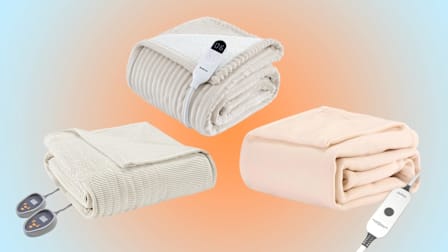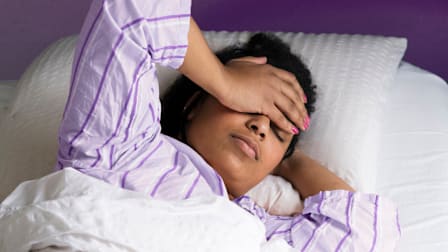4 Best White Noise Machines, Tested and Reviewed
Five of Consumer Reports’ lightest sleepers tried popular sleep machines to see if they’re worth it
When you shop through retailer links on our site, we may earn affiliate commissions. 100% of the fees we collect are used to support our nonprofit mission. Learn more.
Light sleepers understand how noises—the din of a city street, the hum of a radiator, or simply the sound of another human existing next to you—can get in the way of high-quality sleep. That’s where white noise machines can help. They serve the same core function of emitting constant, brain-pleasing sounds to help you fall asleep, but they can range widely in cost, from less than $20 to more than $130.

















